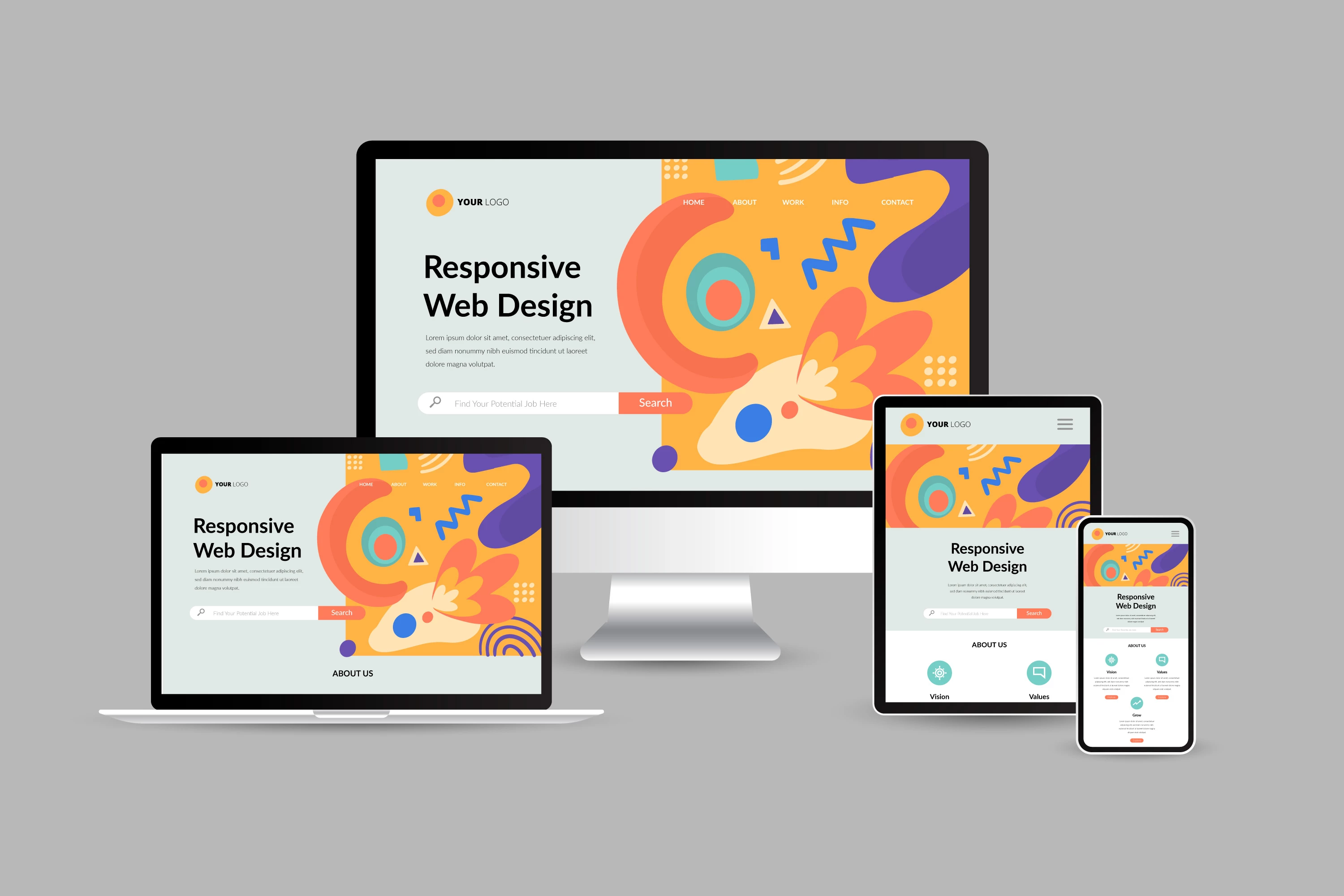Top Tips for Creating an Impactful Website Style That Converts
In today's electronic landscape, the significance of an impactful web site style can not be overemphasized, specifically when it involves transforming site visitors into clients. To attain this, one need to take into consideration a variety of factors, including understanding the target audience, focusing on customer experience, and enhancing for mobile platforms. The strategic usage of compelling call-to-actions and a distinct aesthetic pecking order plays an essential role in directing individuals with their trip. As we check out these crucial aspects, it ends up being apparent that the success of your site pivots on even more than simply looks; it calls for a thoughtful method to layout and capability.

Understand Your Target Market
Recognizing your target audience is fundamental to reliable web site style, as it prepares for creating an interesting customer experience. Identifying who your customers are, including their demographics, preferences, and behaviors, allows designers to customize the site's content, design, and performance to satisfy specific needs.
Performing complete market research is essential in this process. Studies, interviews, and analytics can offer important understandings into individual expectations and pain factors. By compiling this data, developers can produce user identities that stand for various segments of the audience, ensuring that style decisions are educated and relevant.
Moreover, understanding the target audience helps in choosing ideal style aspects such as shade systems, typography, and imagery that reverberate with users. A website that speaks straight to its target market promotes a feeling of connection and depend on, motivating longer check outs and higher conversion rates.
Eventually, a user-centered approach to site layout not just enhances customer contentment however additionally sustains company objectives by driving involvement and loyalty. By focusing on the requirements and choices of the target market, an internet site can efficiently serve its function and attain desired outcomes.
Prioritize User Experience
To improve the general effectiveness of a site, prioritizing individual experience (UX) is necessary (Website Design). A well-designed UX guarantees that visitors can navigate the website effortlessly, find details swiftly, and engage with content meaningfully. This results in boosted user satisfaction and higher conversion prices
Begin by carrying out intuitive navigation. Menus needs to be logically structured, permitting users to find key areas of the site with very little initiative. Uniformity in layout aspects, such as shade plans and font styles, cultivates knowledge, which is critical for maintaining individual involvement.
Additionally, think about the filling speed of your site. A hold-up of simply a couple of seconds can lead to substantial drop-offs, as users are less most likely to await a slow-loading my review here page. Streamlining pictures and optimizing code can improve performance and keep visitors.
By focusing on individual experience, you not only produce an extra delightful atmosphere for visitors however likewise reinforce your brand name's integrity. Ultimately, a focus on UX is an investment in the lasting success of your internet site.
Optimize for Mobile Devices
Optimizing for smart phones is critical in today's digital landscape, where a boosting variety of individuals access sites with smart devices and tablets. A mobile-friendly style not only improves user experience yet likewise plays a substantial duty in enhancing online search engine rankings. To accomplish this, it is vital to Find Out More adopt a receptive style that automatically adapts to various display sizes and orientations.
Packing speed is an additional important element; mobile individuals are usually less person and expect fast accessibility to info. Optimize photos and leverage web browser caching to enhance performance. Examination your internet site on numerous tools and display resolutions to identify and remedy any type of potential usability issues. By prioritizing have a peek at these guys mobile optimization, you guarantee that your website continues to be affordable and successfully engages a wider audience.
Usage Engaging Call-to-Actions
A site's effectiveness commonly depends upon its ability to assist site visitors towards wanted activities, making compelling call-to-actions (CTAs) essential elements of design. CTAs work as the crucial points that guide individuals to involve with the site, whether that indicates buying, enrolling in a newsletter, or downloading a source.
To produce efficient CTAs, clearness is vital. Use concise language that clearly connects the activity you desire the user to take.
Furthermore, consider utilizing directional cues, such as arrowheads or images, to lead users toward these switches. By focusing on these components, companies can substantially enhance customer engagement, driving conversions and eventually accomplishing their website's goals.
Focus on Visual Power Structure
Efficient web site design relies heavily on a well-structured aesthetic hierarchy that overviews individuals with material seamlessly. By organizing components in a fashion that focuses on details, designers can improve individual experience and assist in decision-making. This entails utilizing size, color, comparison, and spacing purposefully to accentuate one of the most critical components of a web page.
Making use of bigger fonts for headings and subheadings establishes a clear difference in between different areas, permitting users to scan material easily. In addition, using different colors for switches and calls-to-action can record user attention and urge interaction. Whitespace is one more necessary part; it protects against mess and makes it possible for customers to concentrate on vital messages without disturbances.
Pictures and graphics must match the text while also sticking to the well-known power structure, reinforcing the general message (Website Design). Uniformity in style aspects, such as color systems and typography, additional strengthens the visual hierarchy, making navigating user-friendly
%20%5B60%25%5D.jpg)
Final Thought
In verdict, reliable internet site layout necessitates an extensive understanding of the target audience, prioritization of user experience, and mobile optimization. Inevitably, a well-executed web site layout serves as a critical element in driving individual activities and attaining company goals.